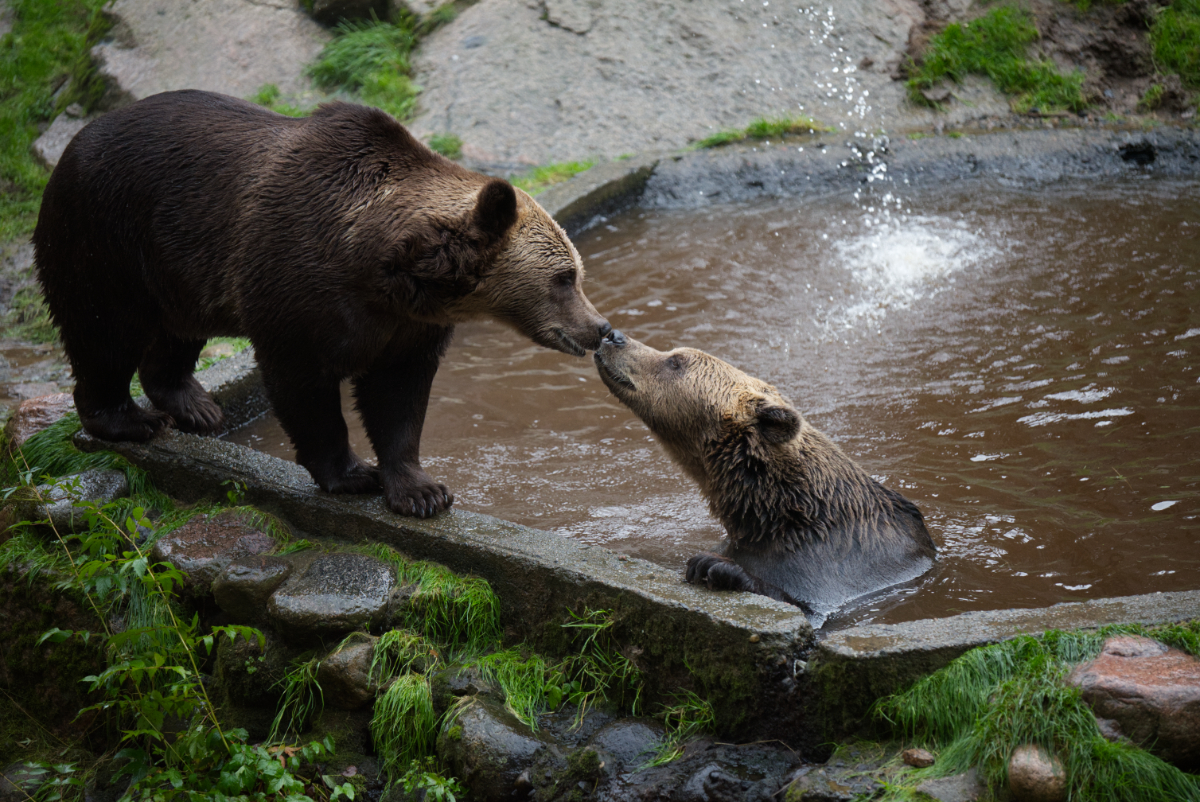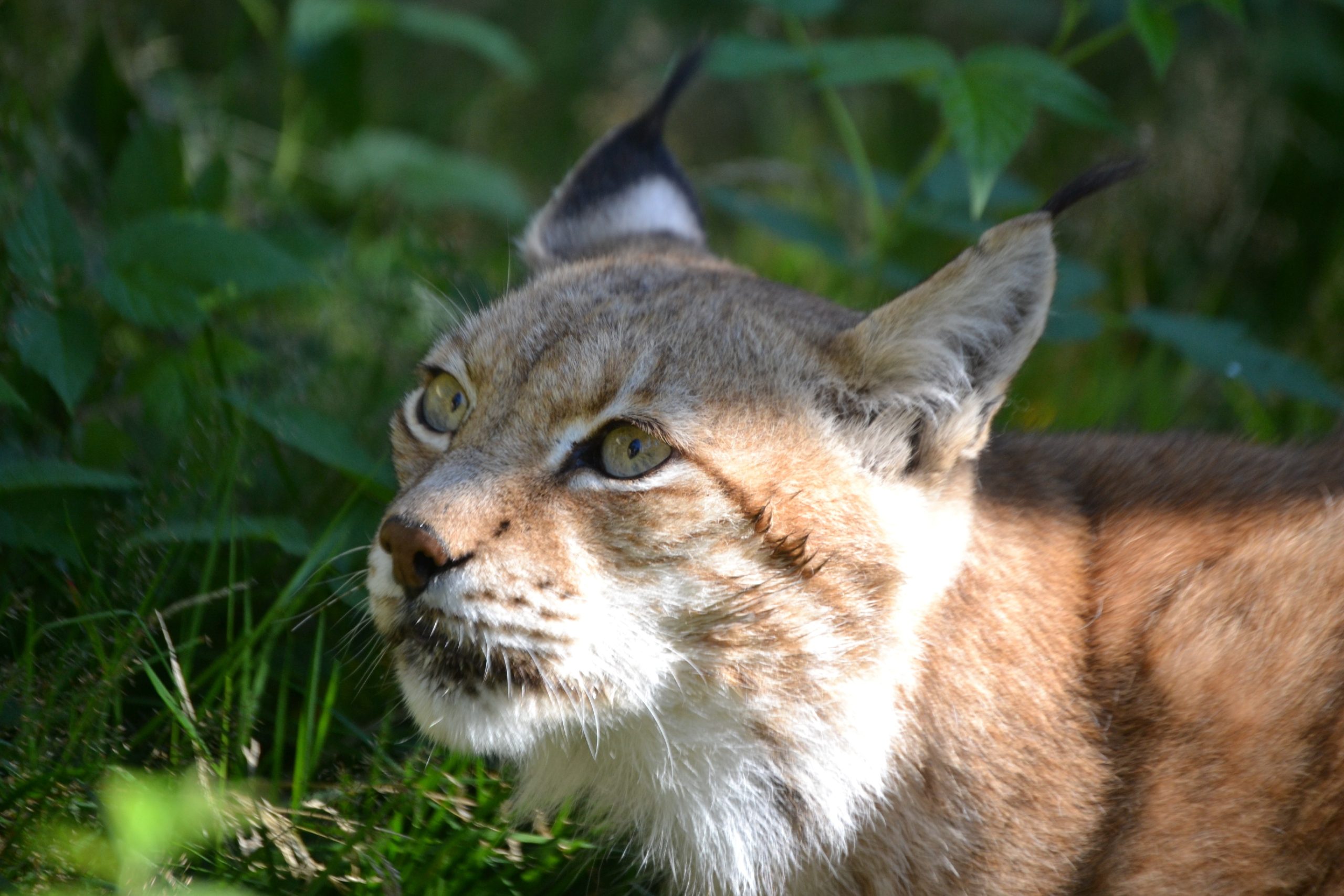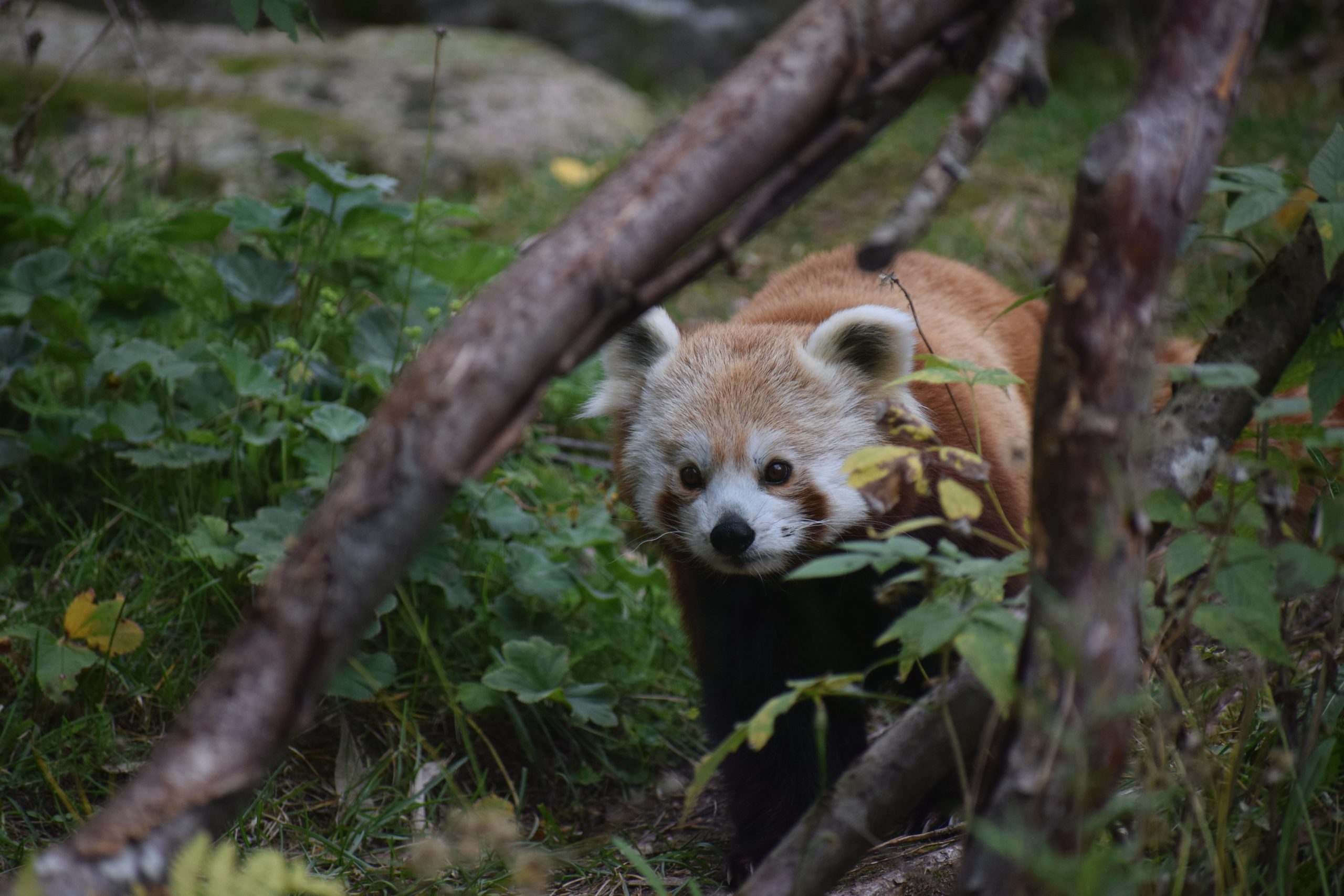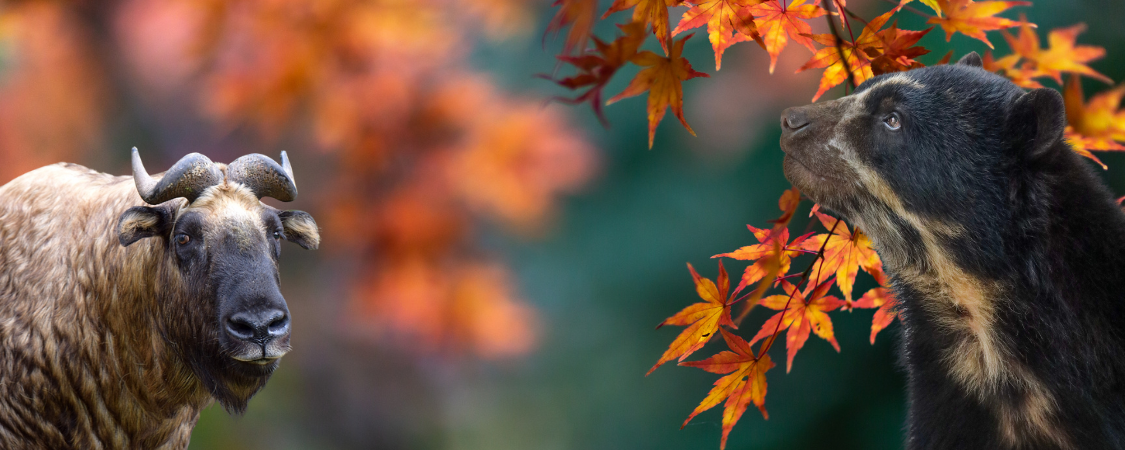The best time to visit animal attractions with children during autumn break is mid-morning to early afternoon, typically between 10:00 and 14:00. This timeframe offers an ideal balance as animals are most active in cooler autumn temperatures, facilities are less crowded than summer months, and natural light is optimal for wildlife viewing. Autumn visits provide unique opportunities to observe seasonal behaviours whilst avoiding summer tourist peaks, creating a more immersive and educational experience for families with children of all ages.
What makes autumn break an ideal time to visit animal attractions with children?
Autumn break offers a perfect window for family visits to animal attractions due to its unique combination of seasonal advantages. With summer crowds gone, families can enjoy a more relaxed atmosphere with shorter queues and better viewing opportunities at animal enclosures.
The cooler temperatures of autumn create ideal conditions for both visitors and animals. Many species become noticeably more active as the weather cools, providing children with better chances to observe natural behaviours that might be less visible during hot summer months when animals often seek shade and rest.
The stunning autumn scenery adds another dimension to the experience, with colourful foliage creating a picturesque backdrop for your family adventure. Many animal attractions, including Ähtäri Zoo, feature forest environments that showcase spectacular autumn colours, making walks between exhibits a delight in themselves.
Additionally, autumn break visits align perfectly with school curricula, offering opportunities for children to learn about wildlife and conservation through real-world observations that complement their classroom studies.
What animals are most active at Ähtäri Zoo during autumn months?
Nordic species display remarkable increases in activity during autumn months, making this season exceptional for wildlife observation. Brown bears become particularly energetic as they prepare for winter hibernation, foraging more actively and demonstrating fascinating natural behaviours rarely seen during summer heat.
Wolverines and lynx also show increased daytime activity in cooler temperatures, improving your chances of spotting these typically elusive predators. The snow leopards—adapted to cooler climates—often become more playful and visible as temperatures drop, delighting children with their agile movements across their enclosures.
Otters demonstrate particularly charming behaviours during autumn, becoming more playful and active in their water features. Birds of prey like owls and eagles are also more frequently observed in flight during the comfortable autumn temperatures.
Even the European forest reindeer and moose become more visible during daily feeding times, which are carefully scheduled to coincide with optimal viewing hours for visitors. This seasonal rhythm makes autumn an extraordinary time for children to connect with wildlife in a more authentic way.
How should families plan their day at animal attractions during autumn break?
Effective planning can transform your autumn zoo visit into an unforgettable family experience. Arrive early, ideally around opening time (10:00), to benefit from peak animal activity hours and maximise your day before potential afternoon showers.
Dress in layers for Finland’s variable autumn weather—warm base layers, waterproof outerwear, and comfortable walking shoes are essential. Don’t forget hats and gloves for cooler mornings, particularly if visiting during late autumn.
Before your visit, check the opening hours and ticket prices on the official website, as autumn schedules may differ from summer operations. Planning around scheduled feeding times and keeper talks will significantly enhance your family’s experience, offering educational insights along with guaranteed animal activity.
Structure your day with regular breaks at indoor facilities during inclement weather. The mid-day period between 12:00-14:00 is ideal for lunch and warming up before continuing your adventure.
Consider spreading your visit across two days with the Ähtäri Zoo package that includes accommodation, allowing a more relaxed pace especially with younger children who might tire more quickly in autumn conditions.
What special activities does Ähtäri Zoo offer for children during autumn school breaks?
During autumn school holidays, Ähtäri Zoo enriches the visitor experience with a variety of seasonal activities designed specifically for families. Guided tours led by knowledgeable staff provide fascinating insights into how animals prepare for winter, teaching children about adaptation and seasonal behaviours in an engaging, age-appropriate manner.
Special feeding demonstrations become educational opportunities where children can learn about animal diets and conservation efforts while watching creatures enjoying their meals. These sessions often include interactive elements where zookeepers answer children’s questions, nurturing their natural curiosity.
The autumn-themed workshops offer hands-on experiences where children can create nature crafts or participate in conservation activities. These workshops blend creativity with environmental education, making learning fun and memorable.
Nature trails throughout the 60-hectare forest area feature seasonal activity sheets for different age groups, turning a walk through the autumnal landscape into an interactive scavenger hunt that keeps children engaged between animal enclosures.
Indoor exhibitions provide shelter during occasional autumn showers whilst offering educational content about wildlife conservation, making every moment of your visit both enjoyable and informative regardless of weather conditions.
How can parents make zoo visits educational during autumn school breaks?
Transform your autumn zoo visit into a rich learning experience by engaging children with thoughtful preparation and interaction. Before visiting, research several featured animals together, creating a personalised scavenger hunt of behaviours and features to spot during your visit.
Encourage children to bring notebooks or sketchpads to document observations, creating their own “field guides” with drawings and notes about animals they encounter. This activity develops observation skills while creating a personalised souvenir of your family adventure.
Frame your visit around a specific educational theme such as “autumn animal adaptations” or “conservation challenges,” giving children a focused lens through which to observe and learn. Ask open-ended questions like “Why do you think that animal is more active today than others?” to promote critical thinking.
Take advantage of the zoo’s educational materials and signage, which often contain fascinating information about species’ natural habitats, diets, and conservation status. These resources can spark meaningful discussions about wildlife protection.
After your visit, extend the learning by researching answers to questions that arose during your experience, or by creating artwork or stories inspired by the animals you observed, helping cement the educational benefits of your autumn zoo adventure.
Key takeaways for planning your autumn break visit to animal attractions
Timing your visit between mid-morning and early afternoon maximises opportunities to observe active wildlife whilst benefiting from optimal natural lighting conditions. The reduced crowds of autumn create a more intimate experience, allowing children to connect more deeply with the animals and their environments.
Dressing appropriately in layers ensures comfort throughout your visit regardless of weather changes. Checking feeding schedules in advance helps structure your day around guaranteed animal activity and educational presentations.
Participating in seasonal activities and workshops enhances the educational value of your visit, offering children hands-on learning experiences that complement their school curriculum. These activities create memorable moments that foster appreciation for wildlife and conservation.
Encouraging children to document their observations through notes, drawings, or photographs transforms passive observation into active learning, developing important skills whilst creating lasting memories.
Consider extending your experience with the Ähtäri Zoo package that includes accommodation, allowing your family to explore at a relaxed pace over two days. This approach is particularly beneficial for families with younger children, ensuring everyone enjoys the experience without feeling rushed.




